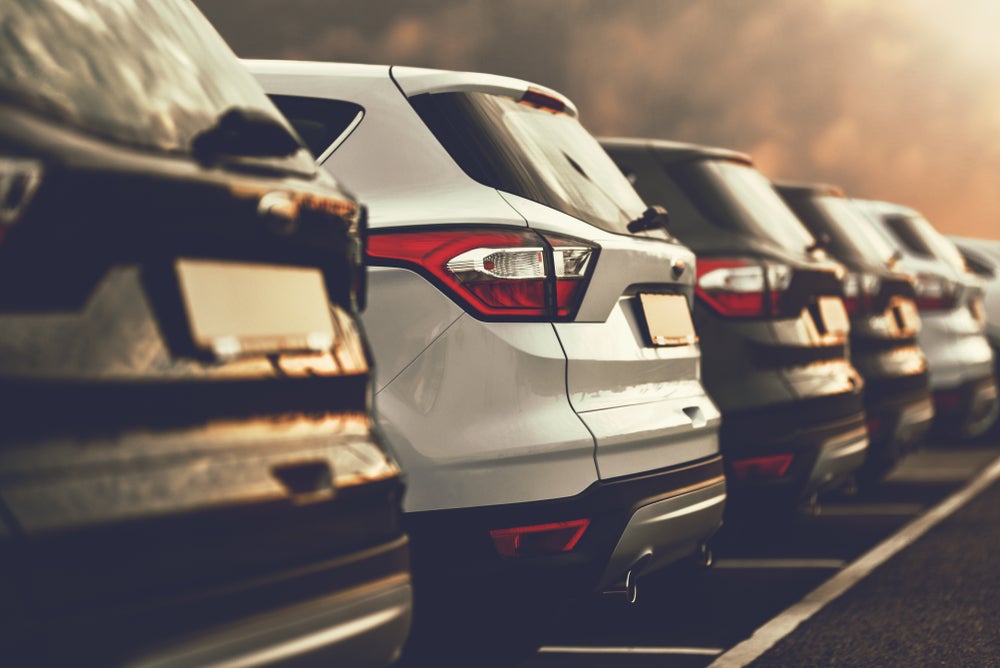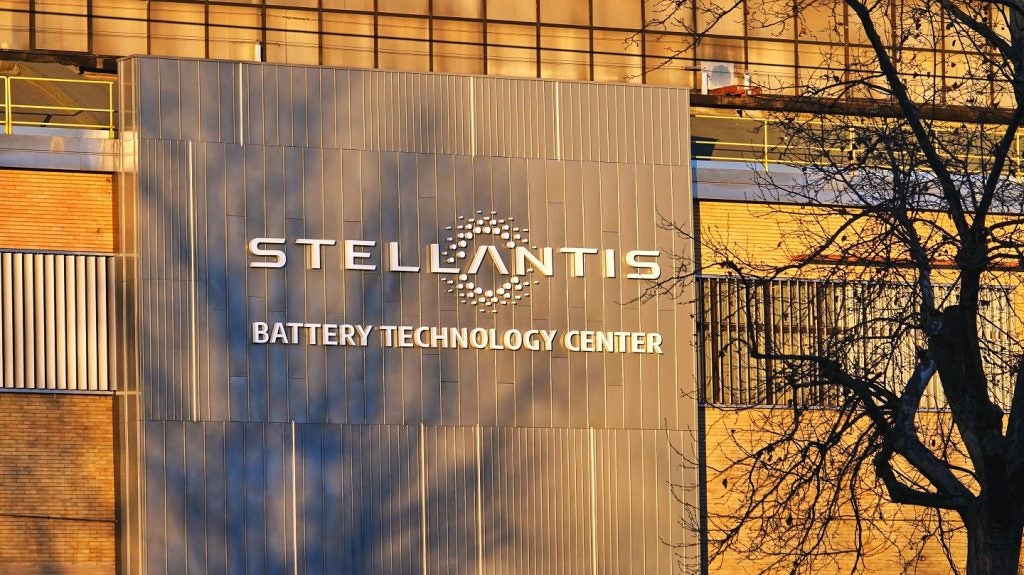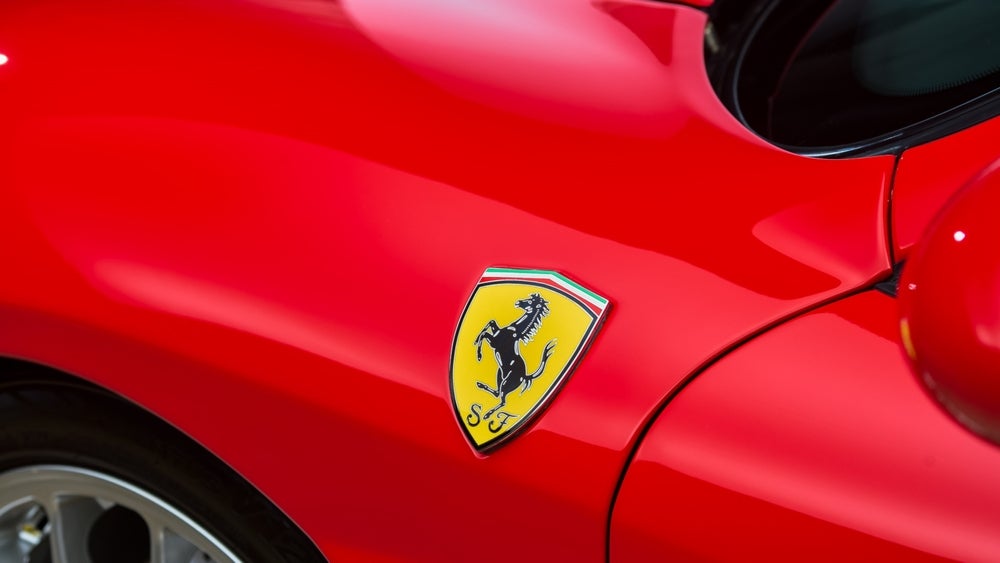There is no such thing as a European dealer sector, and each country will be affected differently by evolving megatrends such as electrification, digitalisation, and agency models, according to Cox Automotive and ICDP, an international research-based organisation focusing on automotive distribution.
In the latest issue of Cox Automotive’s AutoFocus magazine, the two organisations discuss the big differences between dealers across Europe. Philip Nothard, Insight and Strategy Director, Cox Automotive, explained: “While all dealers will face some common challenges such as new car supply issues, each European country will face its own pacing and timing differences, largely because of market characteristics, including changing consumer behaviour.”
Looking into the European market differences
Within AutoFocus, ICDP refers to the dealer business model, pointing out that whilst it is generally true that aftersales performance is key to overall dealer profitability, the contribution made by new and used car sales varies widely due to current supply shortages.
An example ICDP gives shows the market differences in the sale of new cars, which normally make a significant contribution to overall dealer profitability in Italy and Norway, but not in the UK. On the other hand, used car sales are an essential part of dealer profitability in the UK, but much less so in Germany.
Steve Young, Managing Director of ICDP, explained: “In Germany, the aftersales contribution is exceptionally high, supported by a more loyal customer base of up to seven years and high labour rates, enabling high gross profit per hour. On the other hand, low labour rates in Italy means that the potential contribution from labour profit is also lower. Therefore, dealers focus on very sophisticated trade parts approaches, which support a more extensive network of non-dealer authorised repairers than many other markets.”
How well do you really know your competitors?
Access the most comprehensive Company Profiles on the market, powered by GlobalData. Save hours of research. Gain competitive edge.

Thank you!
Your download email will arrive shortly
Not ready to buy yet? Download a free sample
We are confident about the unique quality of our Company Profiles. However, we want you to make the most beneficial decision for your business, so we offer a free sample that you can download by submitting the below form
By GlobalDataThe European Car Distribution Handbook, which is updated annually by ICDP, shows how these factors are fed into the structure of dealer networks. For example, it refers to the UK, which has the most concentrated dealer network out of any of the European markets, with Germany’s average new car sales per dealer being one third lower than the UK’s.
Young added: “The UK’s large dealer groups have managed this by having a leveraged scale to improve used car and aftersales processes, helping to improve performance in these areas and compensating for any shortfall in new car contribution.”
Electrification, digitalisation, and car sales format trends
Consumers also behave differently in European markets when it comes to current trends affecting the industry, such as electrification, digitalisation, and car sales formats. This varies because while these trends are regulated across Europe, the pace of change varies across individual markets and, in some cases, differs by as much as a decade.
In European markets, where aftersales revenue is a significant part of a dealer’s profitability, electrification will have a relatively strong negative impact. This is not just because the annual mileage is declining in most markets, along with the declining work content per car. Still, additionally, battery electric vehicles (BEVs) will have significantly lower repair and maintenance needs and profit margins due to the absence of the oil change requirement. Northern European countries, such as the UK, will be affected by this sooner as electrification trends move faster. At the same time, Southern and Eastern Europe will be protected for longer, as older combustion cars will remain a more significant part of the parc.
ICDP also refers to digitalisation, which is driven by the combination of consumer behaviour influenced by experiences in other sectors and a desire by OEMs to reduce distribution costs and benefit from improved data availability. For example, while consumers in Scandinavia might like to purchase cars online without visiting a dealer at all stages of the buying process, other markets, such as the UK, require omnichannel environments. Young recommends all dealers be prepared to invest in digitalisation and adapt their internal processes and staff profiles to support omnichannel structures.
As for new car sales formats, omnichannel can function under a franchise agreement if the terms and supply processes are adapted to support a more seamless process for the customer. ICDP reports that the agency model – or at least significant changes to franchise agreements, will affect all dealers over the next five years or so because of common underlying factors. However, dealers in the same market or for the same brand will feel this impact at different points.
Nothard concluded: “Young raises the point that the European dealer sector does not exist. It is true that there are and will remain significant differences in how dealers operate in individual European markets. In some cases, this will dictate the pace of change, but the direction of travel is the same, and all dealers need to recognise that the change will be fundamental. While we cannot assume there is a single European dealer market, it can still be helpful to make comparisons between different European countries as there will be more similarities compared to other parts of the world.”
Disruption, consolidation and collaboration in the auto sector









